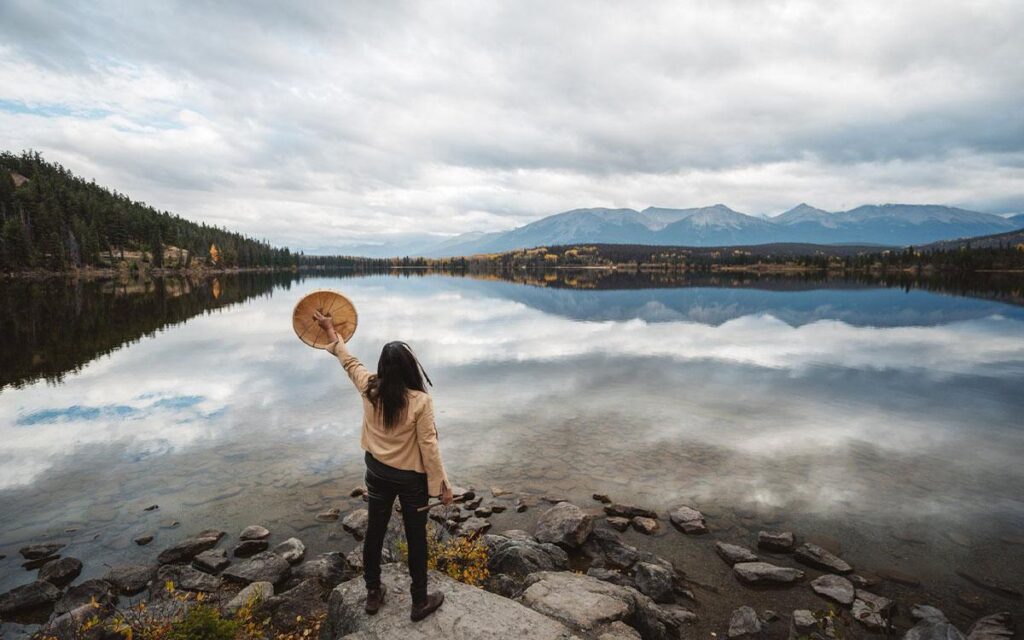Indigenous Tourism: A Path to Economic Sovereignty and Reconciliation
Sep 1 2024
Pyramid Lake, 40 miles northeast of Reno, Nevada, is known for its unique pyramidal rock formations and is the largest remnant of ancient Lake Lahontan. The lake attracts visitors worldwide for its Lahontan cutthroat trout, saved from near extinction, and the unique cui-ui fish.
The lake is on Pyramid Lake Paiute tribal land, but most tourism benefits go to Reno. Sherry Rupert, CEO of the American Indian Alaska Native Tourism Association (AIANTA), explains that visitors fly into Reno, stay there, and spend money there, leaving minimal benefits for the tribe.
Tourists must purchase a permit from the tribe, but other contributions are minimal. Ensuring Indigenous communities benefit from tourism is a key goal for AIANTA, as Indigenous tourism is a $40 billion market projected to grow to $65 billion by 2032. It offers economic sovereignty, cultural resurgence, historical truth, and reconciliation with settler nations.
Bobbie Chew Bigby, a postdoctoral research fellow at the University of Waterloo, emphasizes the importance of Indigenous-led tourism. “Tourism is one of the few ways to navigate both worlds,” she says.
Frank Kills In Water, acting board chair of the South Dakota Native Tourism Alliance (SDNTA), likens the need for a new economy to the historical reliance on buffalo. SDNTA aims to create economic opportunities rooted in cultural identity, from language and craftwork to traditional clothing.

Indigenous craftwork from Prince Edward Island. | Photo by Brady McCluskey
Indigenous tourism aims to tell histories truthfully, with stories conveyed by Indigenous people. Rupert points out that travelers seek authenticity, which can only be provided by the people connected to the land.
Funding is a major challenge for Indigenous-led tourism. Mainstream tourism is funded by tourism taxes, but reservations often lack taxable amenities. Tribes with such amenities often prioritize broader community needs over tourism reinvestment.
AIANTA provides technical assistance on marketing to its members, ranging from small businesses to those targeting international markets. They analyze data and partner with organizations like Brand USA to help members reach their markets.
The Indigenous Tourism Association of Canada (ITAC) launched its Original Original campaign to promote genuine Indigenous tourism and verify businesses. To display the Original Original seal, businesses must be at least 51 percent Indigenous-owned and offer a current product or service.
Keith Henry, ITAC’s president and CEO, describes their Indigenous tourism destination fund, where participating companies contribute 25 cents per transaction. Despite raising $232,000, budget cuts due to lack of federal support have hindered progress. ITAC is calling for federal assistance to close a $3.1 million shortfall.
Partnerships between Indigenous tourism organizations and state tourism departments are crucial. In South Dakota, the Black Hills, seized from Sioux tribes, are central to tourism. SDNTA’s partnership with Travel South Dakota is seen as a form of reconciliation to ensure Indigenous communities benefit economically from their sacred land.
Original Story at www.sierraclub.org
